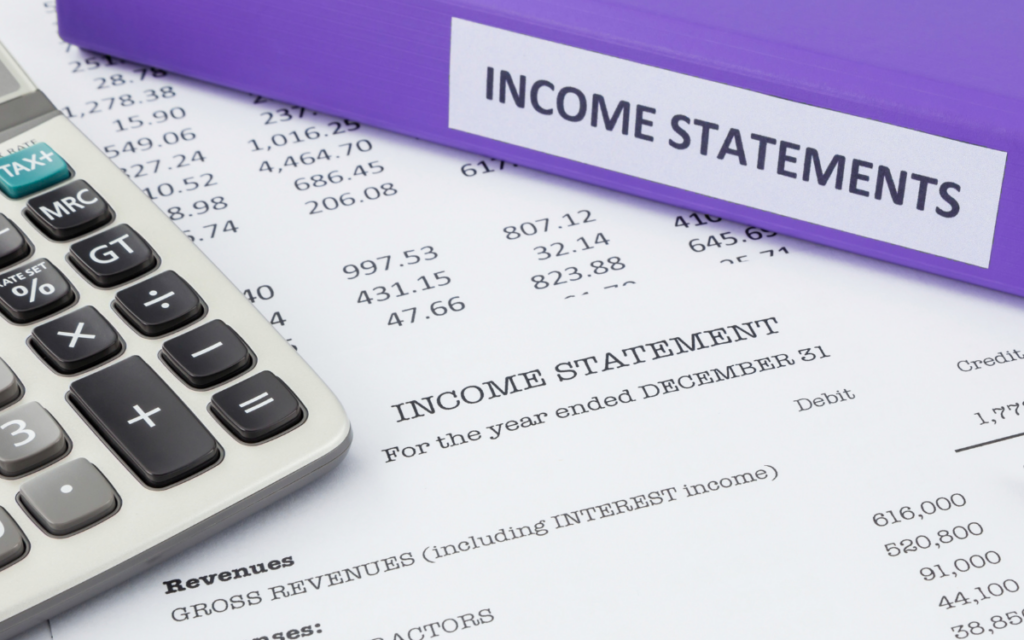
How to Create an RV Park Income Statement
In today’s competitive landscape, thriving as an RV park entrepreneur is not just about offering the best amenities or choosing the most scenic locations. It also involves a keen understanding of your business’s financial health. At the heart of this understanding lies the rv park income statement.
Often overlooked, this powerful document is a clear snapshot of your park’s profitability and financial performance over a period of time. While amenities and events might draw customers in, it’s the numbers on the income statement that dictate the sustainability and growth of your business.
Whether you’re seeking to secure a loan, attract investors, or simply want a clearer insight into your financial standing, having an accurate and comprehensive income statement for your RV park is indispensable.
Below, we will walk through the process of creating an RV park income statement, ensuring you’re well-equipped to navigate the financial intricacies of your business with confidence. However, for more specialized assistance in bookkeeping and financial planning experts firms like Parikh Financial will be a solution.
Understanding the Basics of an Income Statement
An income statement, often referred to as a profit and loss statement, is one of the primary financial reports that businesses, including RV parks, use to gauge their financial performance.
An RV park income statement provides a clear, structured overview of the revenues earned and expenses incurred over a specific time frame, usually a month, quarter, or year. The resulting figure, after deducting expenses from the revenue, reveals the net income or net loss, giving insights into profitability.
What is an RV Park Income Statement?
An RV park income statement is a financial document that shows how much revenue and expenses your RV park generated over a specific period of time, usually a month, a quarter, or a year. It starts with revenues and then subtracts out the costs of those revenues and other operational expenses, leading to the bottom line: the net income.
Why is it Important for Your RV Park?
For RV park owners, an income statement isn’t merely a bureaucratic necessity. It’s a critical tool for making informed decisions. By regularly analyzing it, you can identify which parts of your park are most profitable, which costs are eating into your profits, and where there might be opportunities for growth or cost-cutting.
Moreover, external stakeholders, like banks or potential investors, often require this statement to evaluate the financial health and viability of your venture. It essentially becomes a testament to your park’s operational efficiency and financial stewardship.
Step-by-Step Guide to Drafting Your RV Park Income Statement

Creating an income statement for your RV park might initially seem daunting, but with a systematic approach, it becomes a straightforward task.
Following these steps to have a clear and comprehensive income statement that you can use to guide your business decisions.
1. Collect Your Data
Start by gathering all relevant financial records, including sales receipts, invoices, and expense reports. Maintaining organized financial records throughout the year can streamline this process. Regularly updating a digital ledger or using accounting software can be beneficial.
2. List Your Revenue Streams
RV parks often have multiple avenues for income:
- Site rentals: This is typically your primary revenue source. Include all earnings from renting out RV spaces.
- Equipment rentals: If you rent out equipment, like bicycles or kayaks, record the income generated from these.
- On-site store purchases: Any sales from on-site convenience or souvenir stores should be listed.
- Additional services: Include income from services like guided tours, shuttle services, or event hosting.
Add up all these revenue streams to get your total revenue. This figure represents the gross income for your RV park before any expenses are deducted.
Want to Grow Your Campground Business?
Book a FREE, personalized demo to learn about how RoverPass will save you time and help you earn more revenue
3. Document Your Cost of Revenues and Operating Expenses
Identify the direct costs related to your primary service or product offerings. For RV parks, this might involve:
- Maintenance: Costs to keep equipment in working order.
- Utilities: The expenses for electricity, water, and sewage services provided to guests.
Then, list out your operating expenses. These encompass the routine costs of running your RV park, such as:
- Salaries: Wages paid to your staff.
- Marketing and Advertising: Expenses to promote your RV park, including website maintenance, social media campaigns, or print ads.
- Maintenance and Repairs: Costs for regular upkeep of facilities and grounds.
- Administrative Costs: Expenses for office supplies, software licenses, or any other operational needs
4. Calculate Your Net Income
With your total revenue and all expenses listed, calculating your net income becomes simple. Use the formula:
Net Income = Total Revenue – (Cost of Revenues + Operating Expenses)
If the result is positive, your RV park has made a profit in the given period. If it’s negative, you’ve incurred a loss. Analyzing this figure and comparing it to past statements can offer valuable insights into your business’s performance trends.
Drafting an RV park income statement is an integral part of understanding and improving your business’s financial health.
By regularly following this step-by-step guide, you’ll be better equipped to make informed decisions that can lead to growth and increased profitability.
Tips for Effective RV Park Income Statement Management
Maintaining and managing an income statement isn’t just about documenting numbers. It’s about leveraging this information to make informed decisions and ensure your RV park thrives financially. Here are some key strategies to enhance the effectiveness of your RV park income statement management:
1. Leverage Software
Keeping accurate records is crucial for creating a reliable income statement. To make this process easier, you might want to use digital tools that can improve your RV park management, such as Roverpass campground reservation software.
This software is designed to be the best reservation system in the industry, as it can help you manage your bookings more effectively, process payments faster, communicate better with your guests, and increase your site revenue, all while keeping your records organized so that you can create your income statement with confidence and ease.
2. Regularly Review and Adjust
An income statement isn’t a ‘set-it-and-forget-it’ tool. Make it a habit to review it monthly or quarterly. Look for anomalies, trends, and potential areas for cost-saving or revenue enhancement. Adjust your business strategies based on the insights you gather.
3. Seek Expertise When in Doubt
Even with the best tools and intentions, managing financial documents can be tricky. If you’re ever unsure or feel overwhelmed, consider consulting with an accountant or financial expert familiar with the RV park industry. Their expertise can offer clarity, ensure accuracy, and guide you in maximizing profitability.
By proactively managing your income statement with the tips we have analyzed in this article, you’ll be better positioned to understand your RV park’s financial nuances and make strategic decisions that bolster its success.
Keep reading our blog for more insights on the RV park business!